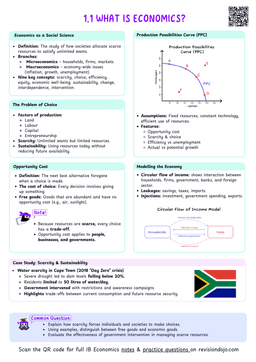Cells Adapt to Maximize Surface Area for Efficient Exchange
- As cells increase in size, their surface area-to-volume ratio (SA:V) decreases.
- This decrease makes it harder for them to exchange materials efficiently with the environment.
- To overcome this limitation, cells have evolved various adaptations that increase their surface area, allowing them to absorb nutrients, expel waste, and exchange gases more effectively.
Think of these adaptations as "design hacks" that optimize a cell’s ability to interact with its environment.
Why Surface Area-to-Volume Ratio Matters
Exchange Efficiency
- High SA:V Ratio: Facilitates the rapid diffusion of molecules and ensures that cells can quickly take in nutrients and expel waste.
- Low SA:V Ratio: May hinder exchange processes, leading to an accumulation of waste and insufficient nutrient uptake.
- Think of a cell as a busy airport.
- The larger the airport (cell), the harder it is for passengers (molecules) to move in and out efficiently without additional gates or runways (adaptations).
Metabolic Demands
- The cell’s volume determines its metabolic needs.
- The cell’s surface area determines its ability to meet those needs.
Evolutionary Pressure
- Cells have evolved specialized structures to maximize SA:V to survive and function efficiently.
Key Adaptations to Increase Surface Area-to-Volume Ratios
1. Flattening of Cells
- Flattening a cell can increase the surface area exposed to the environment without significantly increasing the cell's volume.
- This is particularly useful for cells that are involved in gas exchange or nutrient absorption.
Erythrocytes (Red Blood Cells)
- Adaptation: Erythrocytes are biconcave (concave on both sides) in shape, which increases their surface area without increasing their volume.
- Benefit: This shape allows for more efficient oxygen exchange as it maximizes the area where oxygen can bind to the hemoglobin within the cell.
Why Flattening Helps
- Flattening cells (or giving them an overall shape like the biconcave shape of RBCs).
- This allows for more surface area in contact with the surroundings, which aids in faster diffusion of gases and nutrients.

2. Microvilli
- Microvilli are small, finger-like projections on the surface of cells.


